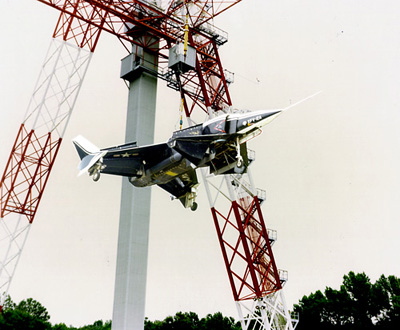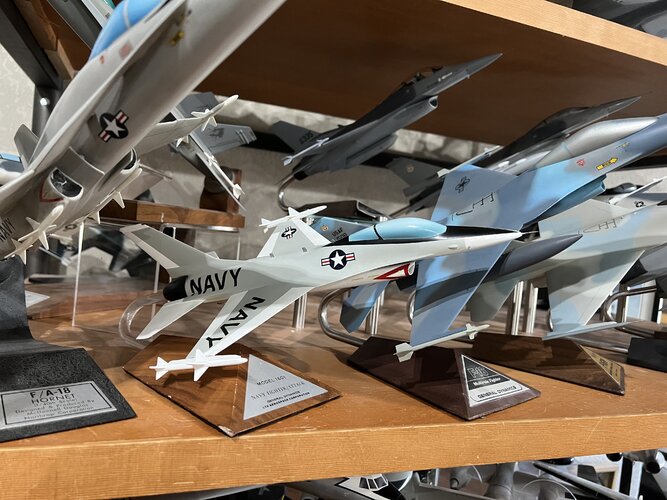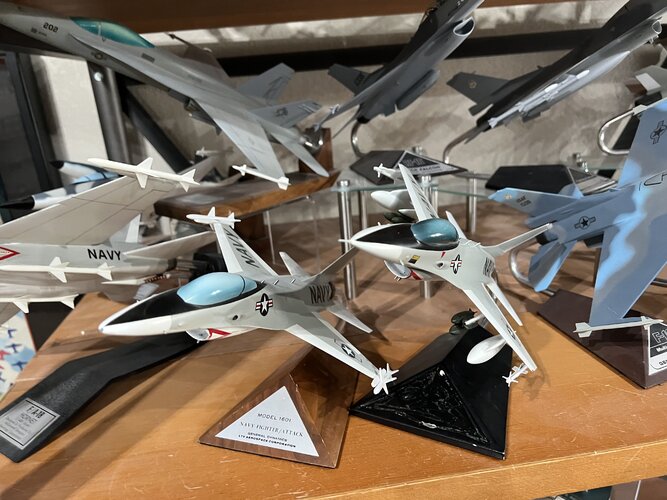- Joined
- 29 November 2010
- Messages
- 1,737
- Reaction score
- 3,375
Vought took General Dynamics design and offered the V-1600, 1601 and 1602
McDonnel Douglas took Northrops design and transformed the YF-17 to what would become the F-18 and won
However in this scenario, lets say one of Vought's design won.
At that time Sec Def, Schlesinger was heavily pushing the Navy to take the Vought design to save money through commonality
(not sure if they expected the F-14 to also switch to the F100/F101 engine yet, but that would also be another area of commonality as the Vought used that engine9
In this alternate history, the US government got what they wanted and overrode the US Navy's wishes.
Vought was chosen (their design was a bit larger than the F-16, in fact its longer than even the Mitsubishi F-2!)
more background info here
if Vought was chosen how would it affect
V-1600 model by Leptiprince

McDonnel Douglas took Northrops design and transformed the YF-17 to what would become the F-18 and won
However in this scenario, lets say one of Vought's design won.
At that time Sec Def, Schlesinger was heavily pushing the Navy to take the Vought design to save money through commonality
(not sure if they expected the F-14 to also switch to the F100/F101 engine yet, but that would also be another area of commonality as the Vought used that engine9
In this alternate history, the US government got what they wanted and overrode the US Navy's wishes.
Vought was chosen (their design was a bit larger than the F-16, in fact its longer than even the Mitsubishi F-2!)
more background info here
if Vought was chosen how would it affect
- Vought (LTV)'s future as a company? LTV eventually went bankrupt and its divisions disbanded or absorbed elsewhere. I believe some of its aviation divisions were absorbed by General Dynamics. Would a Navy sale keep LTV more financially stable?
- How would the loss of a Navy order affect McDonnell Douglas? (although at that time they had some healthy F-15 orders and the C-17 the next decade) Would it push the US government to choose McDs in another competition to make up for the loss?
- What would Finland, Malaysia, Kuwait, and Australia order had there been no Hornet?
- How would it have performed in the wars the Hornets participated in. i.e 90s Gulf War, 80s Libya crisis, Kosovo
- Where would it be today as the Hornet eventually gave way to the Super Hornet. Would there be some kind of Super Falcon?
V-1600 model by Leptiprince







